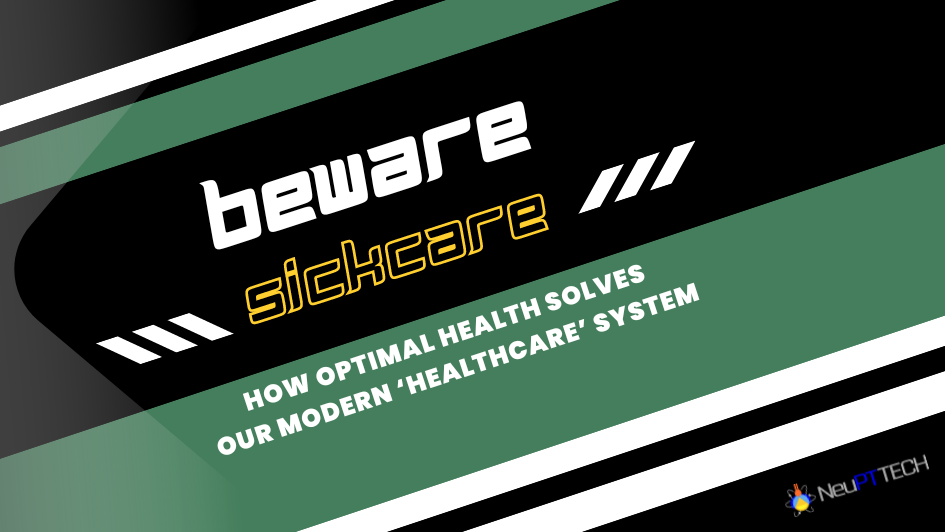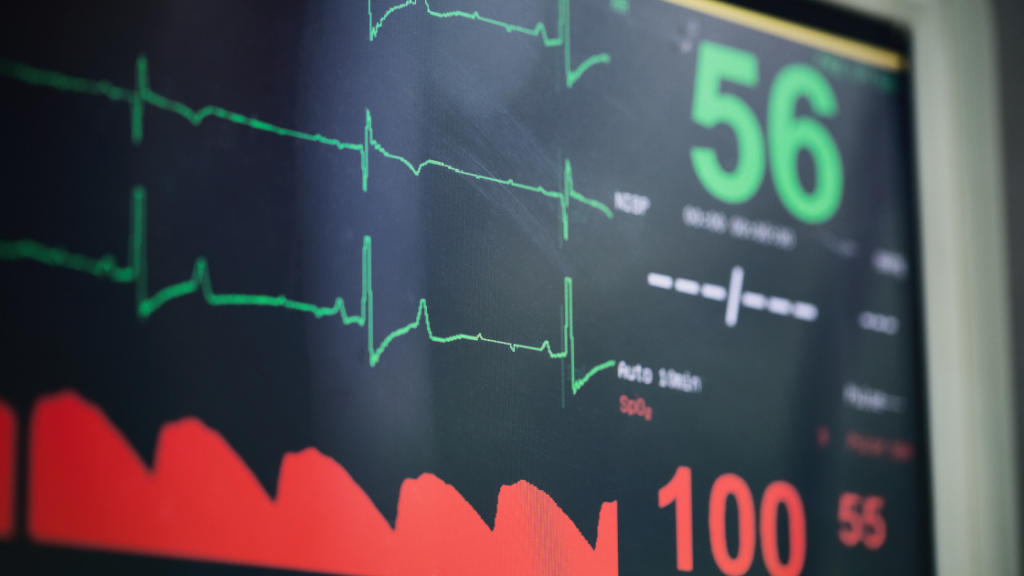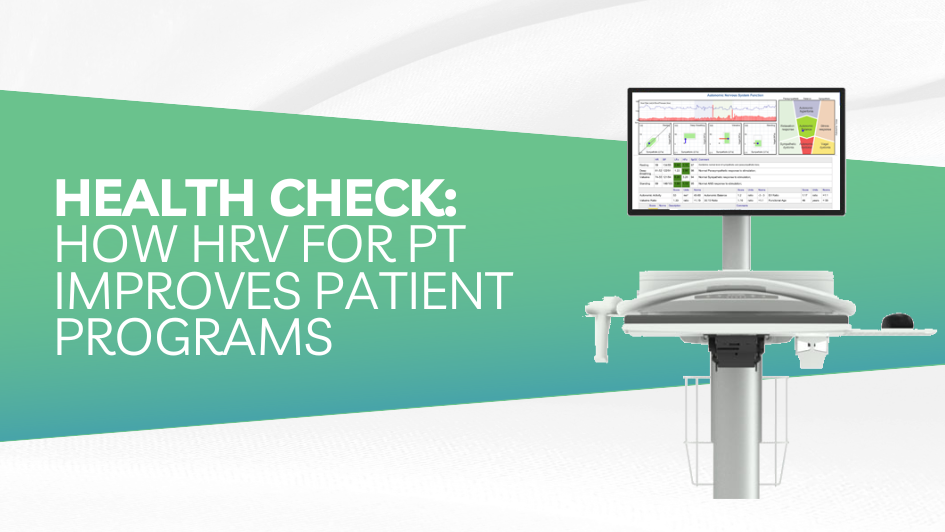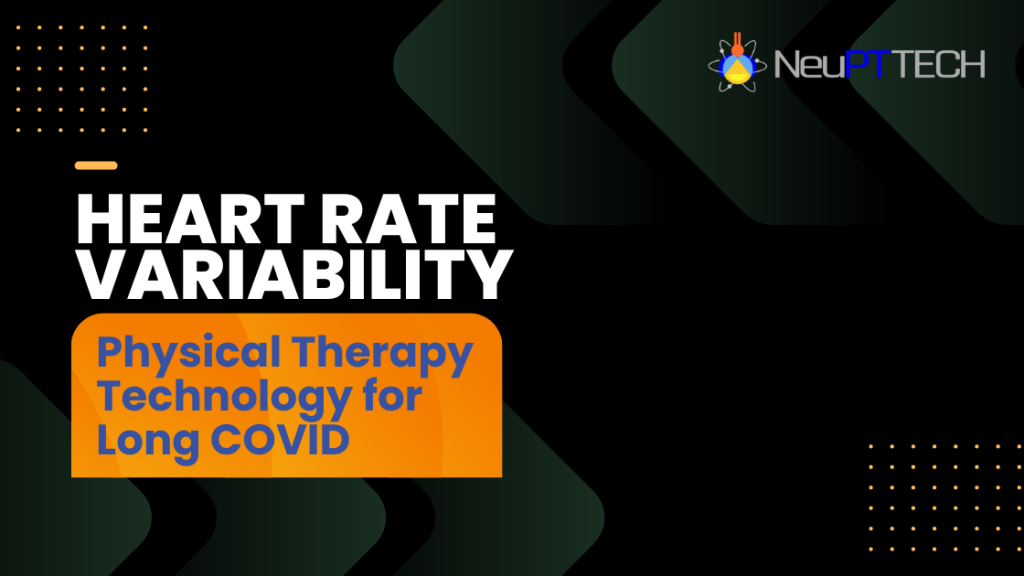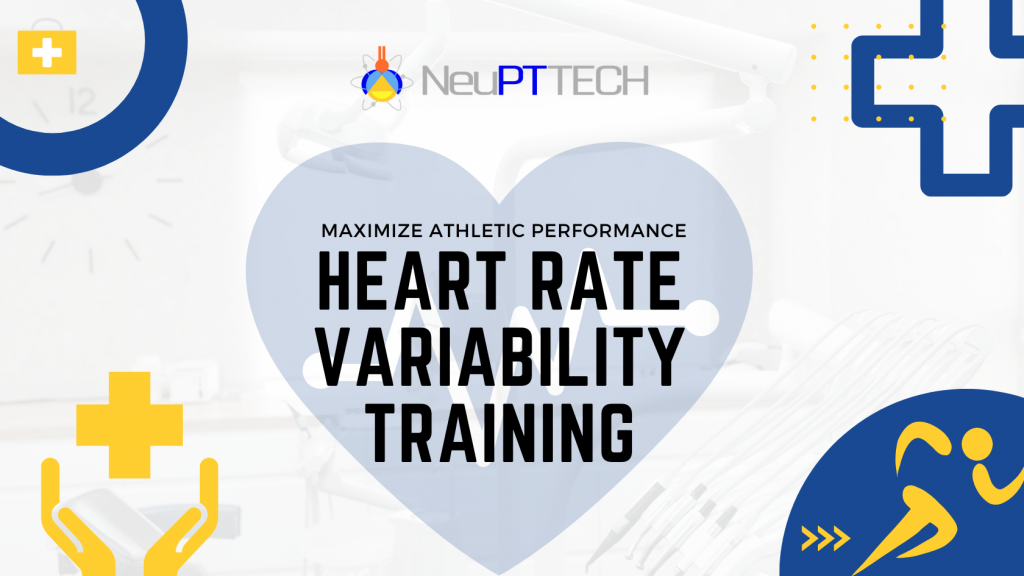
Maximizing Athletic Performance Through Heart Rate Variability Training
Heart rate variability (HRV) is a measure of the variation in time between heartbeats and is considered an important metric for assessing the health and fitness of athletes and monitoring changes in their training intensity and recovery.
As physical therapists, we can easily use HRV assessments to maximize athletic performance in our patients and help bring balance to their autonomic nervous systems.
PLEASE NOTE: NeuPTtech is currently working with our experts to validate the incredible results we’ve been seeing with heart rate variability assessments in our practice and across clinics all over the country. If you don’t have an HRV system yet and are wondering about the science and results, here is an interview with Jason that previews what is coming and explains why you should seriously consider adding it to your practice as an assessment tool.
What Factors Affect Heart Rate Variability in Athletes
HRV is affected by a number of factors which typically manifest in the form of stress, fatigue and injury. In athletes, HRV can be used to monitor changes in training intensity and recovery. High HRV is associated with better athletic performance and a lower risk of injury, while low HRV is associated with increased risk of injury and poor performance.
HRV assessments can be done in a number of ways, including through the use of heart rate monitors, electrocardiograms (ECGs), or other devices that measure changes in heart rate. We recommend using the NeuPT HRV system in order to get the most accurate HRV assessment. It’s important to measure HRV before and after the patient’s program of care, and ideally at the same time of day and under the same conditions each time.
Tracking Heart Rate Variability to Improve Athletic Performance
One of the best ways to maximize HRV for improved athletic performance is through the use of progressive overload. Progressive overload is the gradual increase in the intensity or volume of training. This helps elevate the body’s ability to adapt to the stress of training and can lead to improved athletic performance.
Another way to maximize HRV is through the use of recovery techniques, such as stretching, foam rolling and massage. These techniques help to reduce muscle tension and improve blood flow, which can lead to improved HRV. Similarly, meditation and breathing techniches are known to positively affect vagus nerve.
It should be noted that vagus nerve stimulation is a very effective way of improving the autonomic nervous system and heart rate variability. A 2019 study confirmed that HRV represents a useful tool in evaluating autonomic activity in patients. We also recommend pairing HRV with the NEUBIE e-stim device for best results.
Additionally, good sleep, stress management and proper nutrition all play a role in maintaining and improving HRV. Sleep deprivation can decrease HRV, while adequate sleep can improve it. Stress can also have a negative impact on HRV, so it’s important to find healthy ways to manage stress. Proper nutrition can also have a positive effect on HRV, as certain nutrients like omega-3 fatty acids, magnesium and vitamin D can help to improve heart health.
Additional Benefits of Adding HRV Assessments for Athletes
HRV can vary greatly between individuals (and even within the same individual). Therefore, it’s important to track HRV over time to get a better understanding of what’s considered normal for the individual. This helps the clinician and athlete easily identify changes in HRV that may indicate an increased risk of injury or a need for a change in training.
Physical therapists can also use HRV assessments as a tool for communicating between the athlete and coach. By monitoring HRV, physical therapists can provide valuable information to coaches about the athlete’s recovery and readiness for training and competition. This can help coaches make more informed decisions about training intensity, volume and recovery.
Adding HRV to Your Physical Therapy Programs
HRV is a valuable physical therapy technology for private practices to use in order to maximize athletic performance in their patients. By using HRV assessments to monitor changes in training intensity and recovery, PTs can help athletes and active adults stay healthy and perform at their best.
To learn more about how to bring a cutting-edge heart rate variability system into your clinic, contact NeuPTtech for the best HRV pricing and availability.
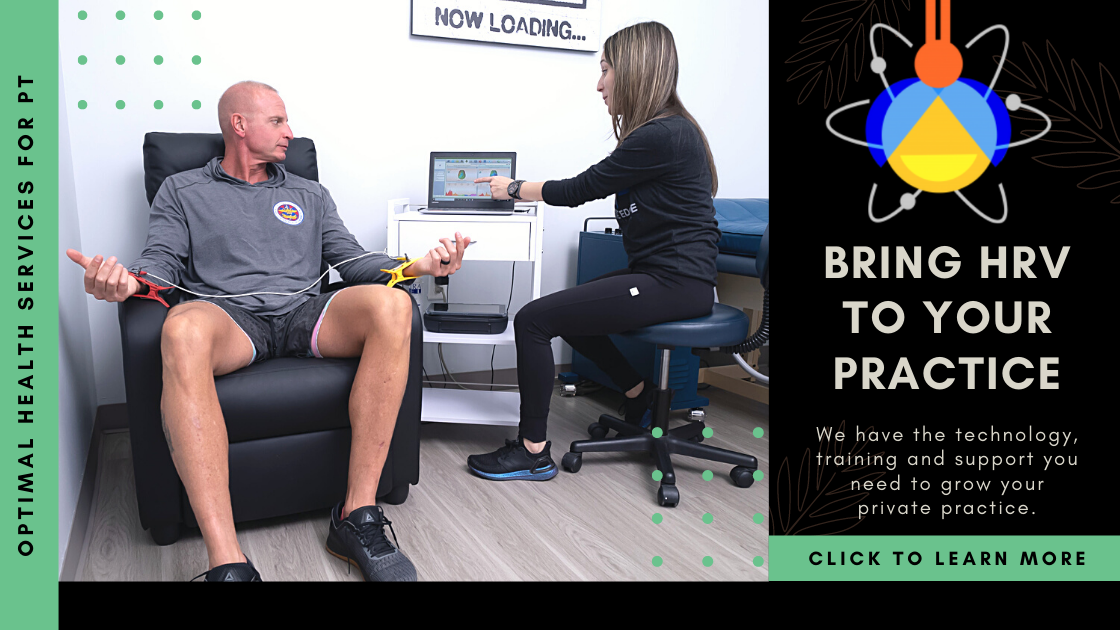

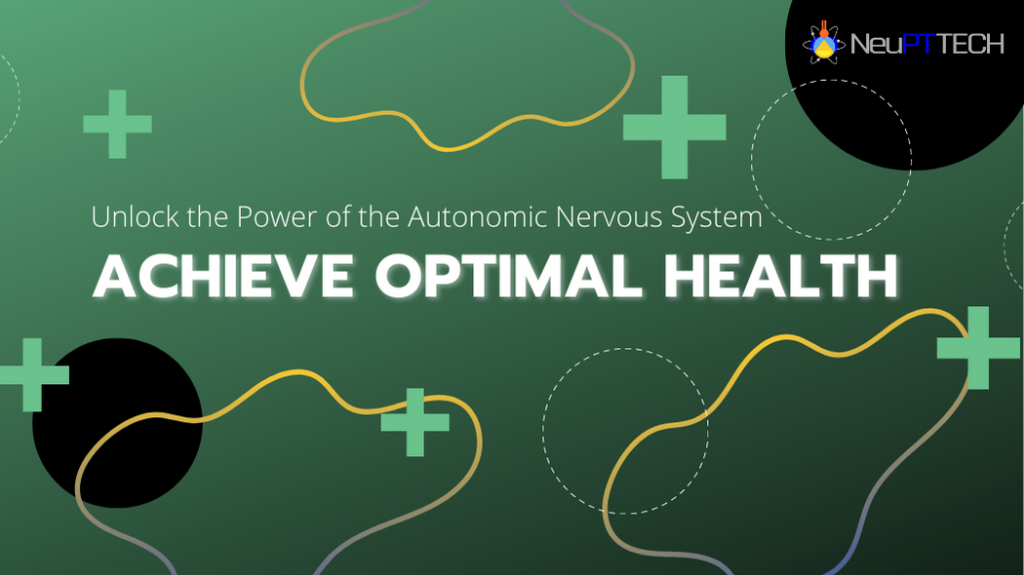 Previous Post
Previous Post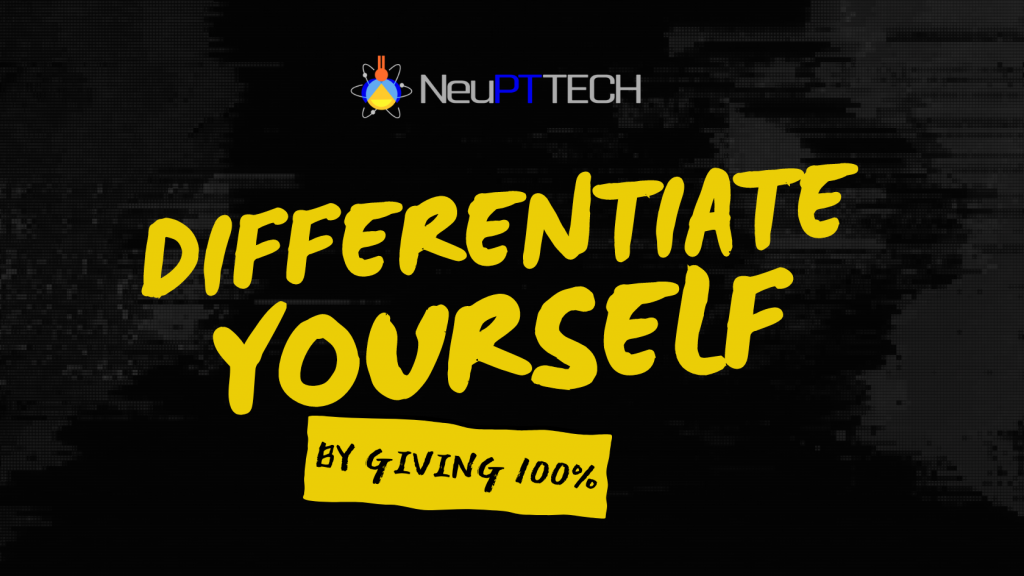 Next Post
Next Post